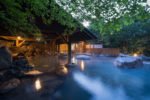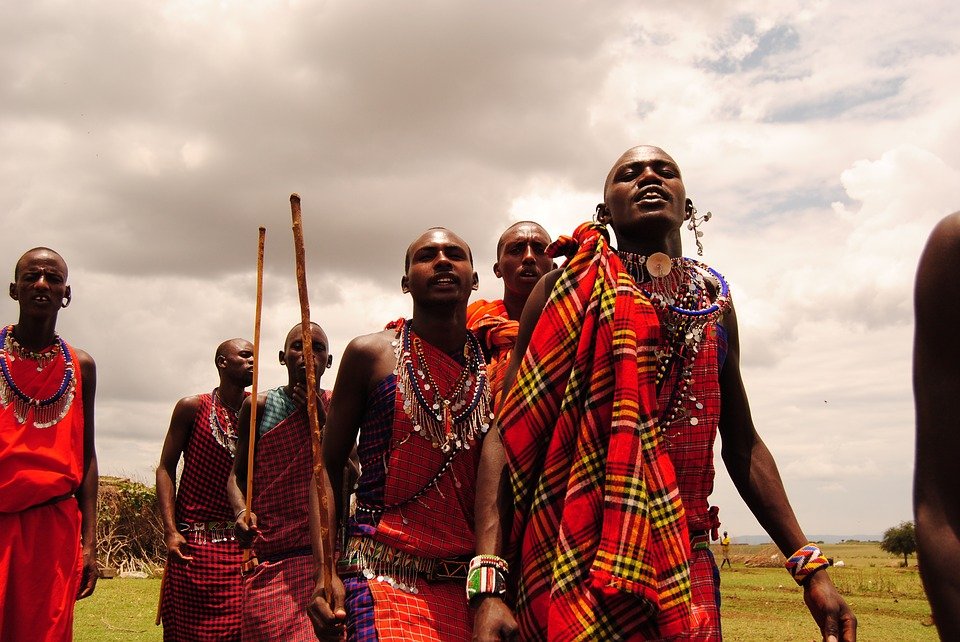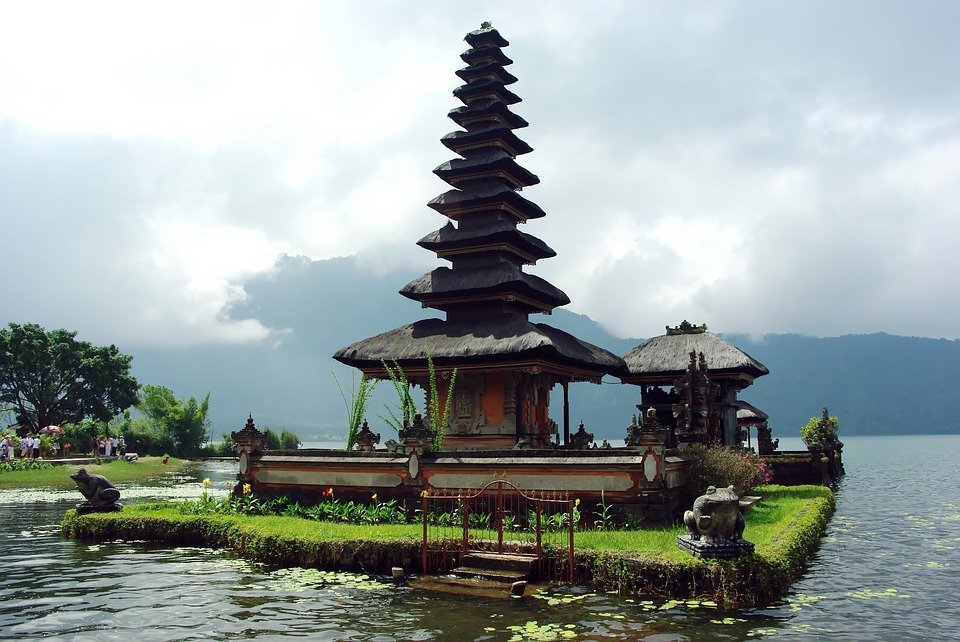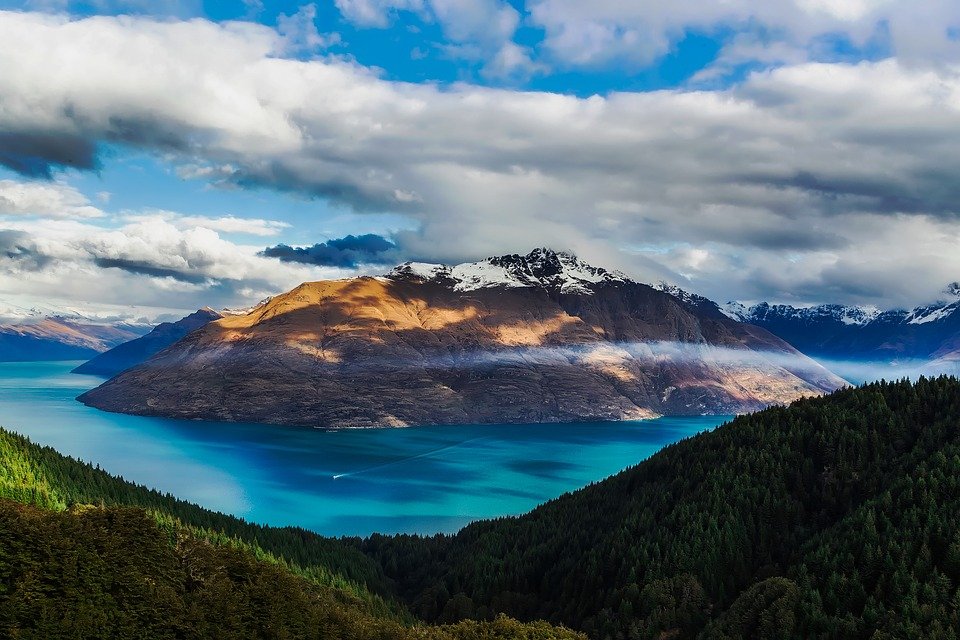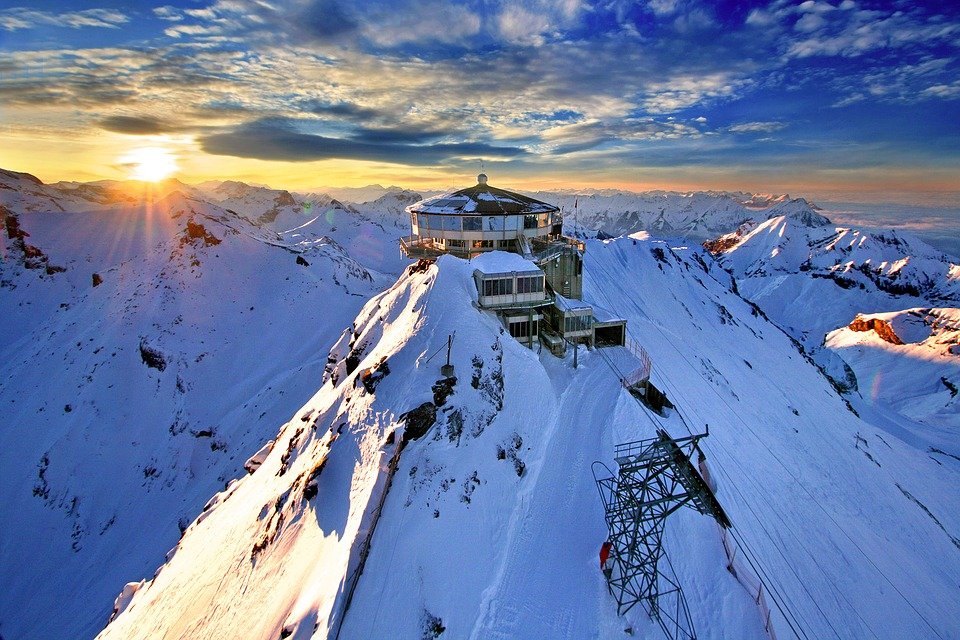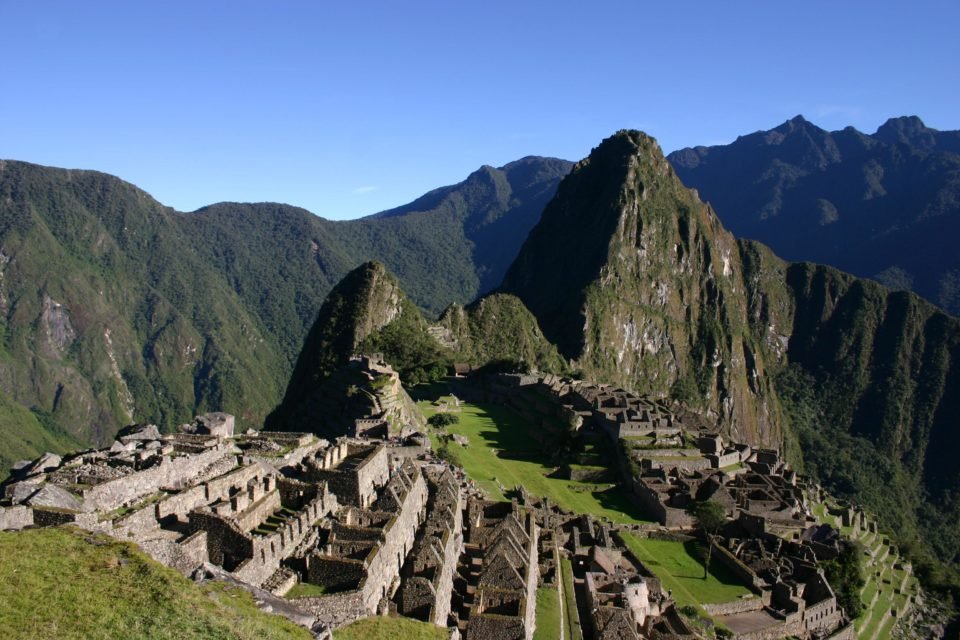A middle class Indian nuclear family decides to travel to Ramnagar, one Indian summer of April. It is the nearest train head for India’s most famous tiger reserve – The Corbett Tiger Reserve. It sounds like one of those most read and commonly set scenes of scores of Victorian novels based on the dusty bowls of Indian subcontinent.
It started that way too. We jostled amongst thousands of hand cart pullers as we made our way to Old Delhi Railway Station. Yes, thousands of hand cart pullers are a common sight in this part of Delhi. It is perhaps that part of Delhi that hasn’t developed since the days Bahadur Shah Zafar left it for a prison cell in Rangoon. Even Modi hasn’t been able to reach here – his Swachch Bharat Abhiyaan is just a wall painting on the left wall of the passage leading to the Railway Station.
The train took 8 hours to travel a distance of 280 majestic kilometers – a true Victorian benchmark – to deposit us at Ramnagar in the early morning hours. Ramnagar smelled so much fresh. The small town aromas from the river banks of Kosi mixed with freshly brewed morning tea definitely smells more inviting than the acrid Old Delhi sewage. Standing at the only platform of this railway station, it felt like a page straight out of “a passage to India”.

Hundreds of tourists descend into a jungle everyday to spot one of the 215 wild, naked Bengal Tigers in various parts of the 130 sq. km. area that is called The Corbett Tiger Reserve (CTR). It also has 100 odd Leopards. 5 entry points from various parts of jungle let tourists in upto 6 – 10 km of this fabled land, effectively exposing around 15-20% of the reserve to the tourists. For the more determined, there are around 10 forest rest houses deep within the reserve which provide basic amenities – clean beds and working toilets. 99% of these do not have electricity. 99% of all this information is not known to 99% of the tourists.
Each entry gate finds a bunch of interestingly dressed tourists to start with. Women suddenly discover that CTR is hot and only shorts are the respite to jungle heat. People bulge out from all sides of these shorts without care or concern. These are often matched by Lycra fit tops that slide upwards because of the wearer’s pyramidal topology around the waist, thereby exposing the bulges to higher proportions.
Mostly such dressers will have 1 or more of their garments in fascinating neon colors too. With so much of loud fat available in Gypsi safaris, it is remarkable that none of the tigers have turned into man-eaters for 3 decades. Perhaps the time is about to come.
Then there is the “on demand tiger” syndrome. 30 Gypseys are set in from the gate at the start time. The first 500m of their sojourn into the reserve is akin to the first corner of a F1 race where all the cars jostle around the bend to come out ahead of the other. Thereafter, like web spiders they crawl around all possible parts of the chalked out jungle for that heavenly tryst with the tiger. As Bayesian probability now applies to each nomadic Gypsy, the normal townsfolk inside these grow exponentially impatient with every passing minute. Alas, the zoo wandering human is yet to learn the patience needed for the great game.

We tried 3 different safaris in the 3 different zones – Jhirna, Bijrani & Dhikhala. The morning safari into Jhirna went through a lot of mustard fields into the jungle where we spotted a tiger up on the hill close to the Jhirna rest house. The evening safari at Bijrani got us to spot a tiger resting amongst the grasses in the riverbed of Ramganga. With 2 out of 2 as our Tiger score, we went in with high confidence into Dhikhala Safari. It turned out to be a different experience altogether. It is a Canter ride which is misleadingly called Safari. It is like a metal elephant trodding into a jungle, the mere sound of which drives any game miles away. The seating is as uncomfortable as someone seated on a hedgehog and even Second World War tanks move faster than this mechanical automobile. To add to your complete discomfort, you are forbidden to step out of the vehicle…and just when you believe that you have got the perfect pose for the perfect click, the vehicle starts moving without any warning. For a 34 km journey into the heart of CTR, which is Dhikhala Rest House, this vehicle takes 3 hours one way. This “safari” is a trap laid down by the government to identify the mentally challenged – and we fell right into it. Hell, we even overpaid for it!
With 3 days of CTR experience and having “understood” how CTR works, here are a few things for you to remember so that your trip down to CTR is memorable and cherished.
1) There is an inverse correlation between luxury and wildlife. The best place to spot and hear wildlife is undoubtedly the Dhikhala Forest Rest House (34km deep inside the jungle). While it is a standard fare of clean rooms and clean toilet, the views from there are breathtaking and the access to jungle & wildlife is unparalleled. You can book the rooms online and they are available cheap. But they normally are advanced book for 4-6 weeks.
2) Book your safari permit online from the official CTR website. There are many CTR websites so ensure that you land at the government run CTR website. Its hassle free and provides you options on date and time. Once you have that permit, you can land in Ramnagar and engage a freelancing Gypsy within 2000/- anytime anywhere. There are more Gypsies for CTR than permits and hence no one can fleece you. You can even share a Gypsy with fellow travelers who match your date/zone and time. If you obtain a permit for Dhikhala and also have a reservation for overnight stay at Dhikhala rest house, then you can take the Gypsy rather than the horrid Canter. That is another awesome experience. We saw crocodiles, wild boar, wild dogs and Sambhars during our ride.

3) Bijrani, because of its topology has the best chances of tiger spotting. Because of regular tourist inflow here (as well as Dhikhala) compared to all the other zones, the tigers here are less shy to humans and can be seen walking along Gypsies quite normally. It also has a high watch tower along the river which makes a great view point.
4) Stay near the gates for reducing the commute time from your Hotel to the starting point. Ideally if you stay along the highway between Bijrani & Dhikhala gates, along the banks of the Ramganga River, you also have an added chance of spotting Elephants. There are hundreds of hotels in this stretch, and I recommend the Taj Getaway or Club Mahindra. I stayed at Club Mahindra at one of their riverside cabins and it was a fantastic experience.
5) While morning safaris are great, remember that big cats are nocturnal folks which means they typically laze at one place during the day and walk around during evenings. Hence, evening safaris have a higher probability of spotting one or the other. Also, while the morning safari starts at 6:30am, most safaris start at 7:00am practically at which point it is almost broad daylight. However, in the evening, the light fades beyond 6pm and you have a fantastic hour till 7pm which is when even Deers become bold and graze near the rest houses.

6) Clothes should be comfortable than fashionable, and not loud in color. Shoes, sunscreens, water, goggles, camera and hats are must. Binoculars for rent are available at every Safari gate for a mere 50/- and is a good choice.
7) If you are a photo enthusiast, carry atleast a 100 – 400 lens with you. Landscapes could be clicked well with any smartphone that you may be carrying, so go for the lens. Set it before you start and go for focus rather than zoom if moving as you can always post process but cannot redo a blur.


So while we went away from CTR into Nainital and Binsar, the memories stayed with us. I could almost feel for Jim Corbett when we stopped over at his house (now a museum) and why he loved this place so much.
It’s a lovely place and makes you feel good. Go enjoy till it lasts (CTR was engulfed in massive jungle fires at the time of writing this article)











